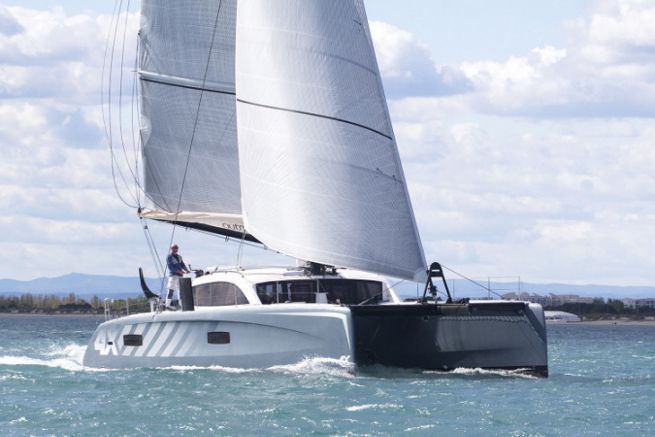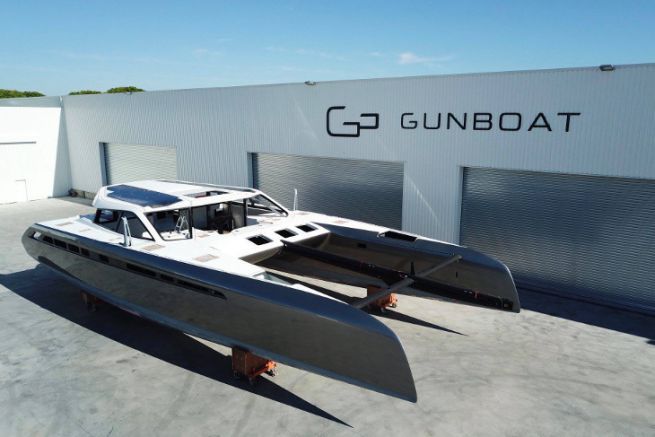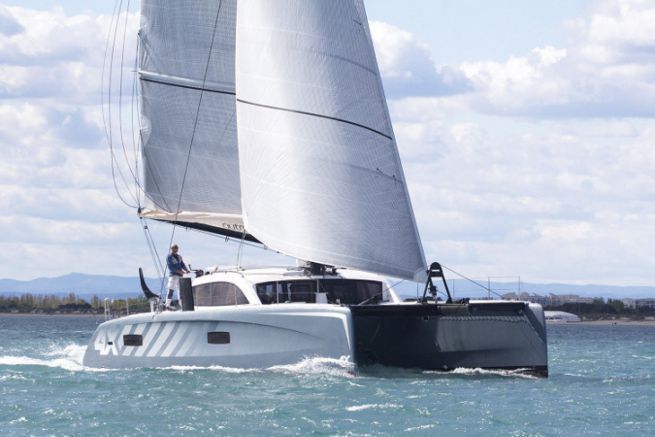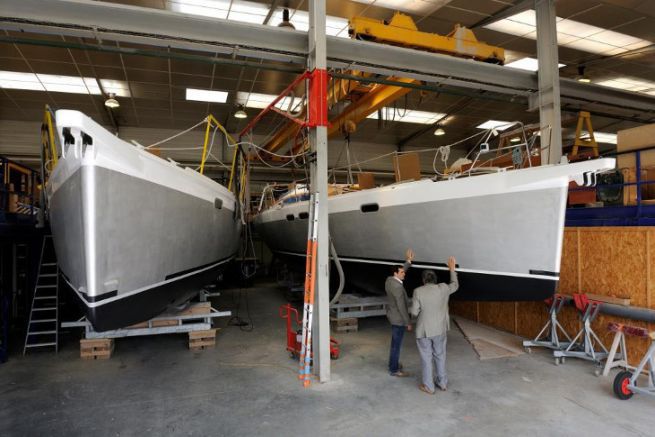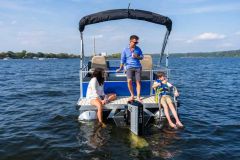The autumn boat shows provided BoatIndustry with an opportunity to speak with Stéphan Constance, President of Grand Large Yachting. In this second part of the interview, the head of the French yachting group explains the situation of Allures and Outremer, the historic brands dedicated to blue water cruising, and of Ocean Voyager, the shipyard specialized in day charter.
How is the Outremer catamaran brand faring, and how do you view the announcement of the arrival of the new Excess brand launched by the Bénéteau Group, which seems to be positioning itself very closely?
Outremer catamarans have been riding a very favorable wave for several years now. We had sales of ?1.7 million in 2008, before the crisis, and we're now at ?20 million. The catamaran segment in which Outremer operates has not experienced any crisis. As far as the Excess brand is concerned, I think it's always a good thing that there's a lively market with other brands. As for its positioning, I don't yet know what it will be, but I don't think the big producers are ready for ocean cruising.

You also offer Allures monohulls for ocean cruising. What's the situation with your brand of sailboats?
We're pretty happy with Allures' position in the monohull market. The question must always be considered in relation to the overall market. We're really coming out of the crisis. Our management is calmer now, because we have a good order book. With aluminum and ocean cruising, we're in a niche. We made a real trawler some time ago, and we could do it again. What's important today is that we're no longer selling boats, but slices of life. We spend more time talking about services than boats!
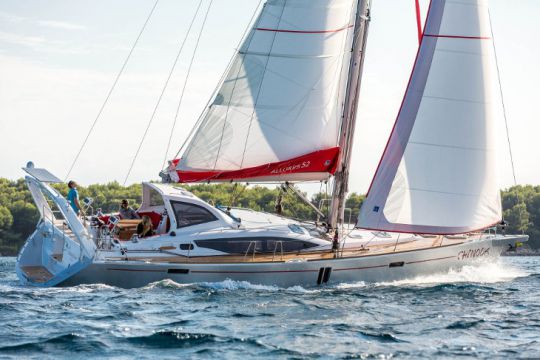
The Ocean Voyager day charter catamarans are less well known. How is the brand doing?
The yard is doing well. We are producing slightly fewer Ocean Voyager NUC catamarans, but rather 223 division units (editor's note: Maritime Affairs regulations for passenger ships. The NUC has come under fire from passenger ship owners, who claim that it offers unfair competition with fewer regulatory constraints)

